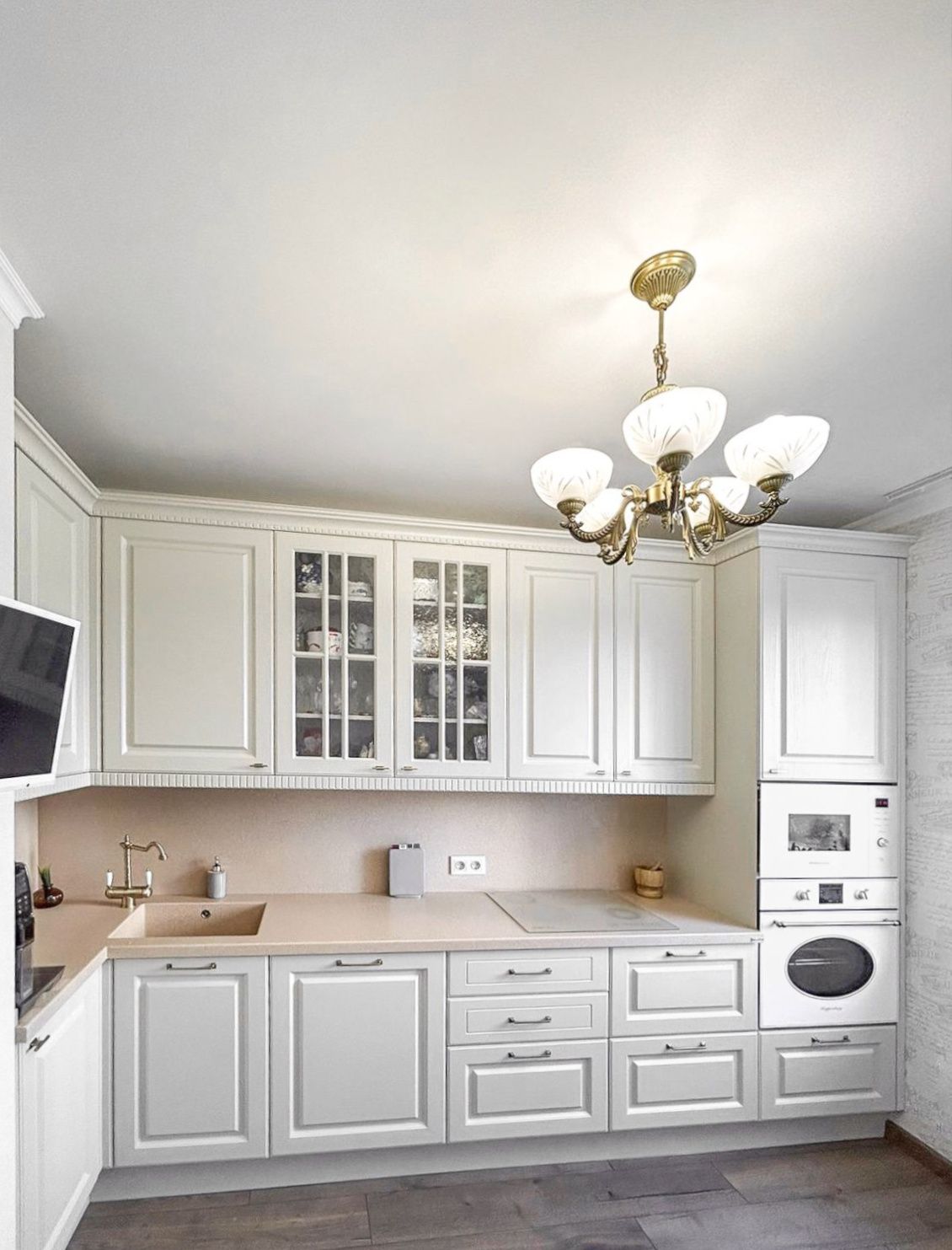
Culinary Spaces Reimagined Perfectly
Introduction
In our rapidly changing world, the concept of culinary spaces has evolved far beyond traditional kitchens and dining rooms. The fusion of functionality, aesthetics, and technology has given rise to environments that inspire and facilitate creativity, social interaction, and the joy of cooking. This article explores how culinary spaces have been reimagined to meet modern needs and tastes, perfectly blending form and function.
The Rise of the Open Concept
One of the most significant shifts in culinary space design is the move towards open-plan living. This approach involves integrating the kitchen with living and dining areas to create a fluid and inclusive space. The elimination of walls not only increases natural light and perceived space but also fosters a more social environment where the cook is no longer isolated. It's an architectural reflection of the modern desire for connection and togetherness.
Smart Kitchens: Technology at Your Fingertips
As technology steers the wheel of innovation, culinary spaces have become smarter and more efficient. The incorporation of smart appliances and gadgets—from refrigerators that can order groceries to ovens you can control with your smartphone—is revolutionizing the way we approach cooking and kitchen management. Voice-activated assistants and recipe apps further streamline the cooking process, making it easier for anyone to whip up culinary masterpieces.
Sustainability and Eco-Friendly Design
With a growing awareness of environmental impact, sustainable design has become a priority in the reimagination of culinary spaces. Recycled materials, energy-efficient appliances, and waste-reducing solutions such as composting systems are becoming commonplace. These eco-friendly choices not only help the planet but also create spaces that are healthier for their inhabitants.
Multi-Functional Spaces
Modern homes often demand that spaces serve multiple purposes, and this is especially true in the kitchen. Today's culinary spaces double as home offices, learning areas for children, or hobby corners. Designers are responding with versatile furniture, mobile kitchen islands, and adaptable storage solutions. This flexibility allows for a seamless transition between activities, catering to the changing rhythms of our daily lives.
Mixing Tradition with Innovation
While contemporary design trends are reshaping culinary spaces, there's a deep respect for tradition that continues to influence aesthetics. Classic elements such as wood finishes, natural stone countertops, and vintage light fixtures are now juxtaposed with modern amenities. This blend of old and new creates a sense of warmth and nostalgia, perfectly paired with the convenience of cutting-edge technology.
Conclusion
Culinary spaces have been reimagined to encompass far more than just an area for meal preparation. They are now centers of innovation, interaction, and sustainability—tailored to the ways we live and interact with our environment today. As we continue to reimagine these spaces, one thing remains clear: the perfect culinary space is one that reflects the personalities, needs, and values of those who use it.